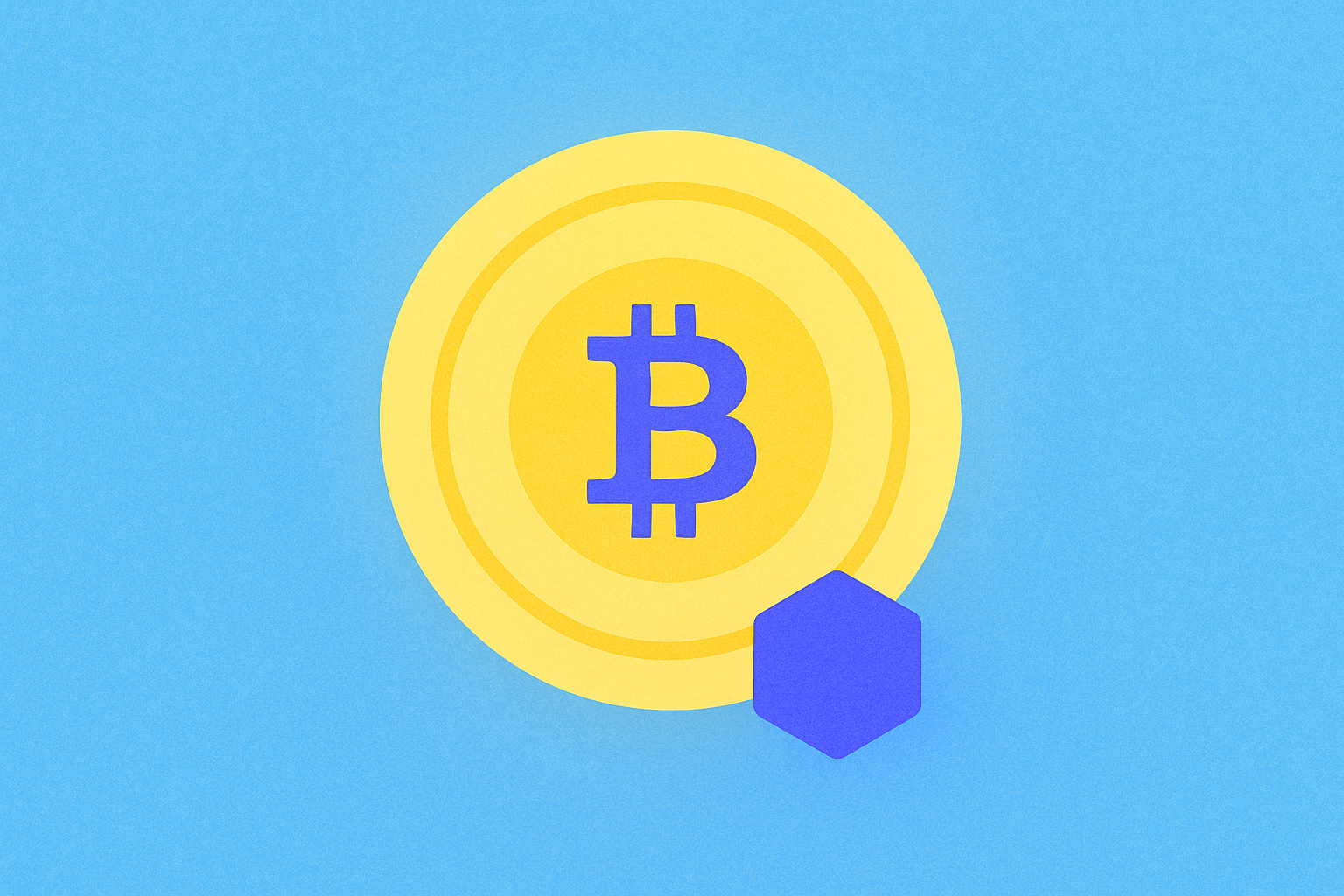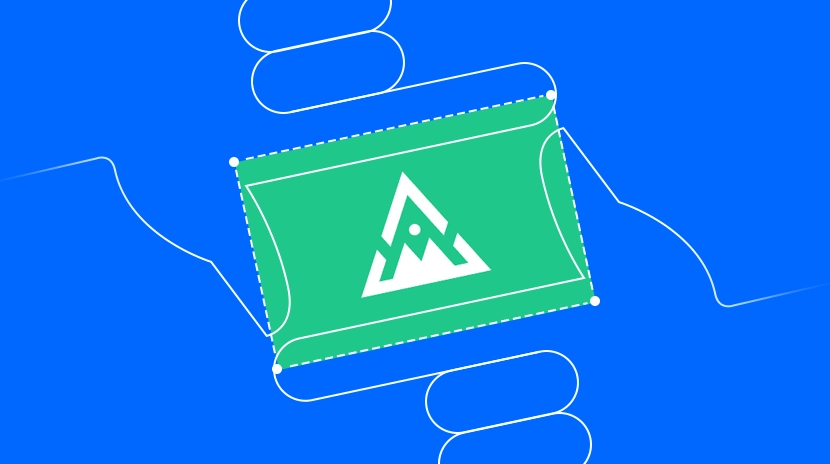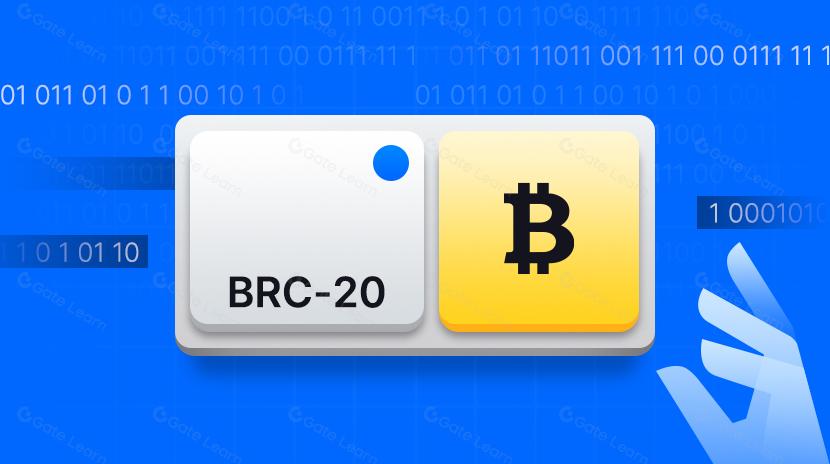casascius coin

Casascius Coins are physical bitcoin representations created by Mike Caldwell in 2011, known for their physical form and collectible nature. Each coin contains a private key hidden underneath a holographic security sticker, allowing the holder to access a specific amount of bitcoin. These physical coins have become significant artifacts in cryptocurrency history and serve as a bridge between the digital and physical worlds, providing early crypto enthusiasts with a tangible way to hold and display their digital assets.
Market Impact of Casascius Coins
Casascius Coins have had a profound impact on the cryptocurrency collectibles market, pioneering the physicalization of digital assets. Their market value far exceeds the face value of the bitcoin they represent, primarily reflected in:
-
Collectible premium: Unopened Casascius Coins (with unused private keys) typically auction for several times or even tens of times more than the value of the bitcoin they contain.
-
Historical significance: As physical evidence of Bitcoin's early development, these coins document critical phases in cryptocurrency evolution.
-
Asset class innovation: They pioneered the crypto collectibles asset class, influencing the design of numerous physical cryptocurrency products that followed.
-
Market education function: The physical form helped more traditional investors understand and accept the Bitcoin concept, lowering early adoption barriers.
The scarcity of these coins (approximately 6,000 total issued) coupled with the fact that many have been redeemed makes remaining sealed Casascius Coins extremely valuable collectibles.
Risks and Challenges of Casascius Coins
Despite their historical and collectible value, Casascius Coins face multiple risks and challenges:
-
Security vulnerabilities: The physical form exposes bitcoin to risks of damage, loss, or theft, particularly as the private key stickers may degrade over time.
-
Regulatory controversy: They were discontinued in 2013 after founder Mike Caldwell was forced to stop production of pre-loaded bitcoin coins due to allegations of unauthorized money transmission business.
-
Authentication difficulties: The emergence of counterfeits in the market increases the difficulty for collectors to verify authentic coins, requiring specialized knowledge.
-
Complex valuation: As hybrids containing both digital assets and collectible value, their pricing mechanism is complex and lacks standardization.
-
Fund freezing risk: Once unsealed to use the private key, the coin's collectible value significantly decreases, creating a dilemma for collectors.
These challenges make Casascius Coins unique but complex investments requiring collectors to possess interdisciplinary knowledge.
Future Outlook: What's Next for Casascius Coins
As the cryptocurrency industry develops and matures, the role and value of Casascius Coins continue to evolve:
-
Museum value appreciation: As physical witnesses to cryptocurrency's early history, Casascius Coins may be increasingly collected and displayed by blockchain museums and financial history institutions.
-
Specialization of the collectibles market: More professional Casascius Coin authentication, grading, and trading platforms are expected to emerge, similar to traditional coin collecting markets.
-
Emergence of innovative successors: Inspired by Casascius Coins, a new generation of physical crypto assets may combine more advanced technologies such as NFC or improved security features.
-
Price divergence trend: Over time, well-preserved versions with special historical significance (such as the 1 BTC series) may develop larger price gaps compared to common versions.
-
Digital collectible interaction: Physical Casascius Coins may establish connections with digital collectibles like NFTs, creating dual physical and digital collectible value.
Despite production having ceased for nearly a decade, Casascius Coins as physical symbols of cryptocurrency history may continue to grow in cultural and collectible significance.
Casascius Coins represent a unique intersection of physical and digital worlds in cryptocurrency history. These coins are not only important artifacts from Bitcoin's early adoption but also demonstrate how blockchain assets can merge with traditional physical collectible concepts in innovative ways. Despite legal and security challenges, Casascius Coins have established an irreplaceable position in cryptocurrency culture and will continue to be treasured as tangible evidence of the digital financial revolution. For collectors, historians, and cryptocurrency enthusiasts, they offer a rare opportunity to possess both the value of a digital asset and the satisfaction of a physical collectible, bridging the tangible past with the digital future of money.
Share
Related Articles

In-depth Explanation of Yala: Building a Modular DeFi Yield Aggregator with $YU Stablecoin as a Medium

BTC and Projects in The BRC-20 Ecosystem
